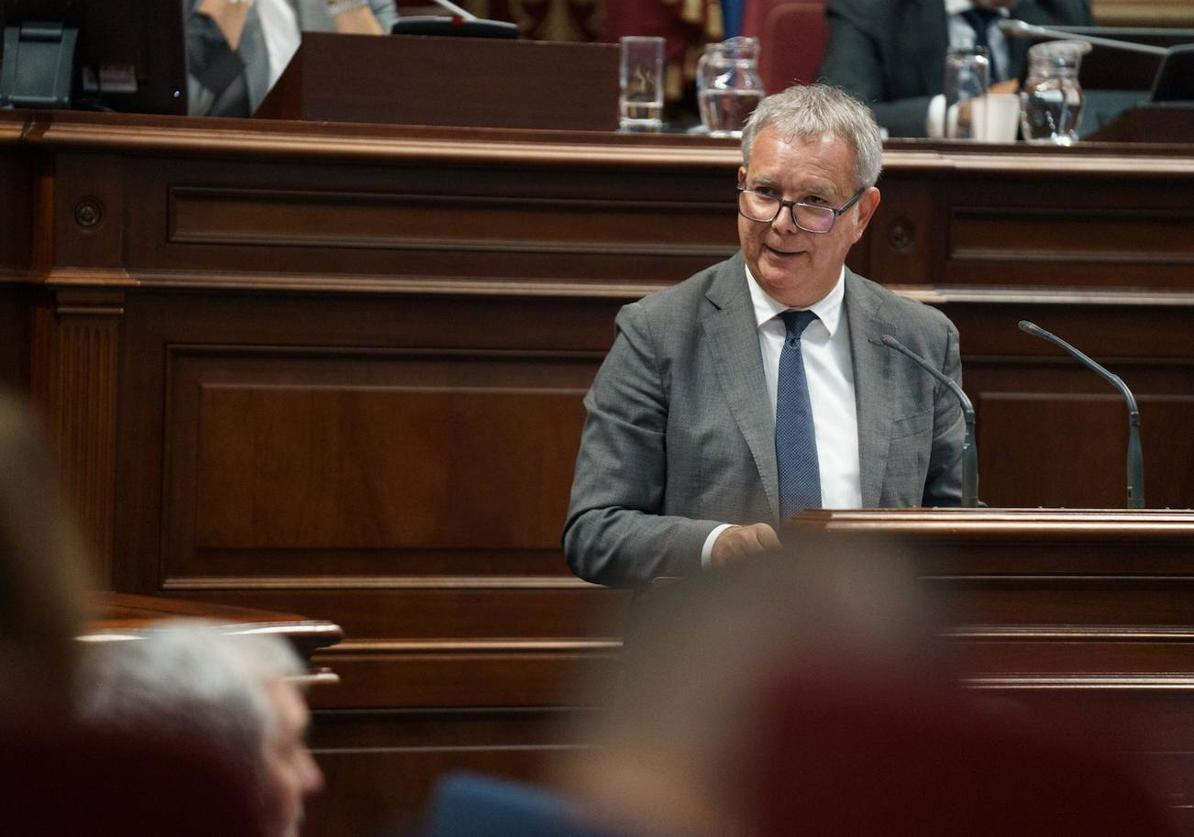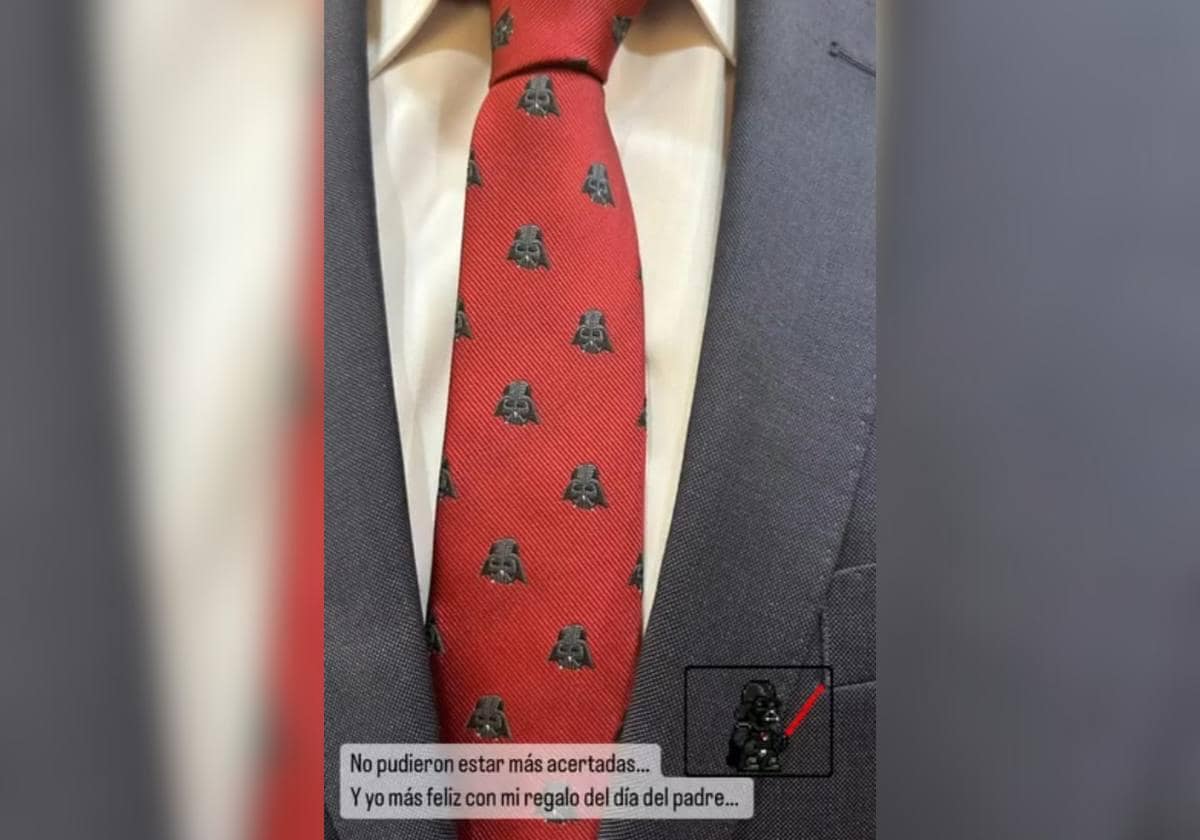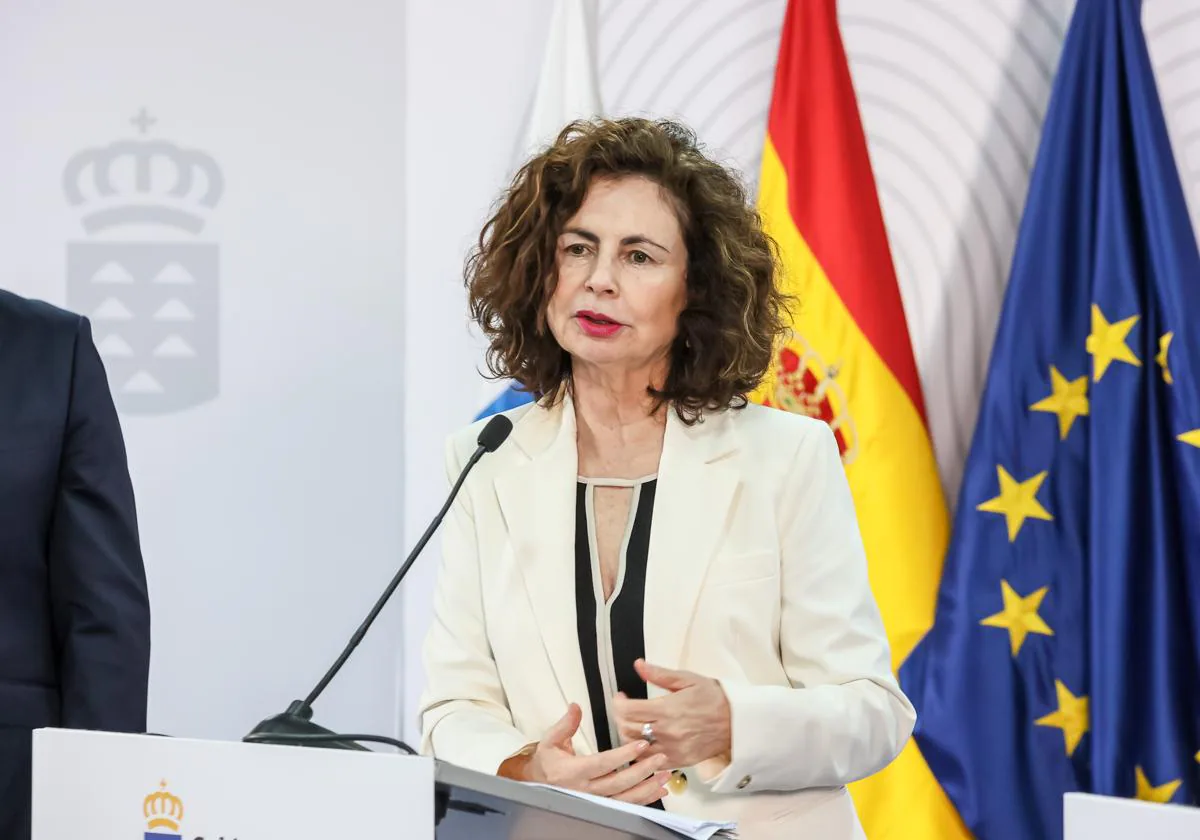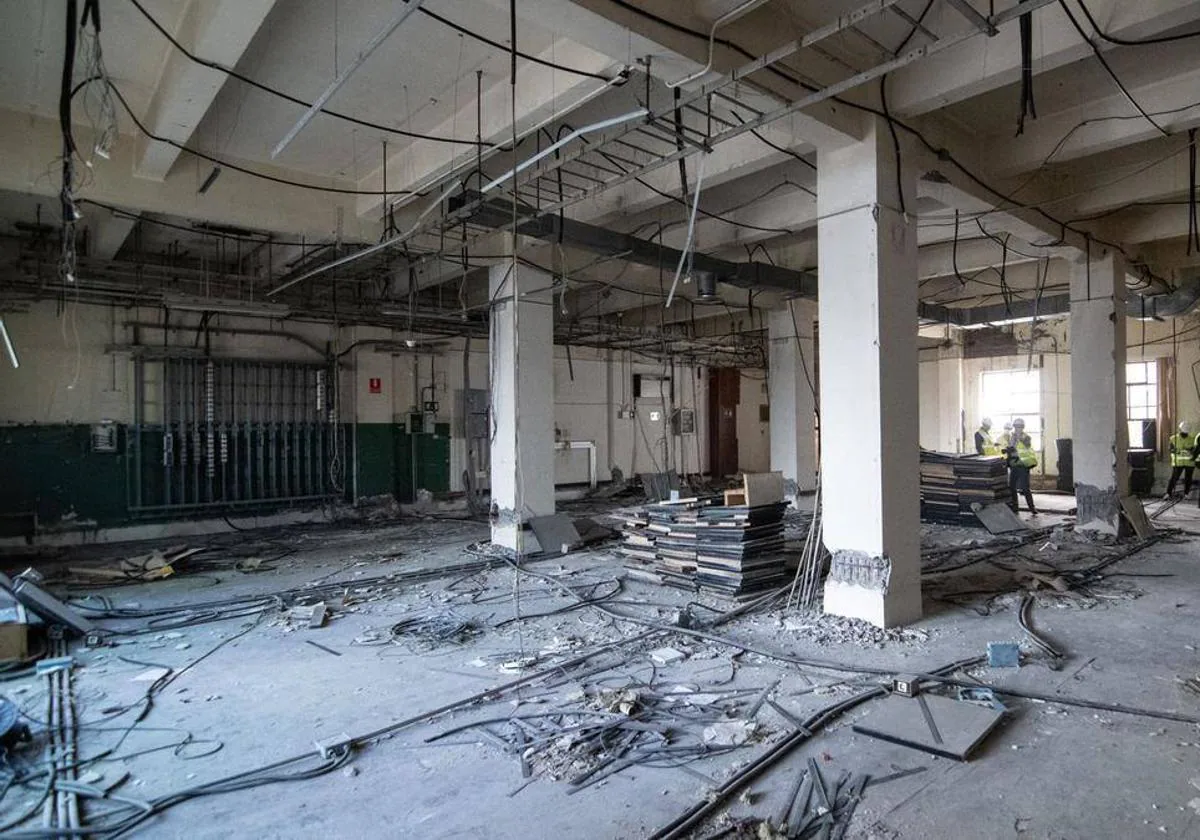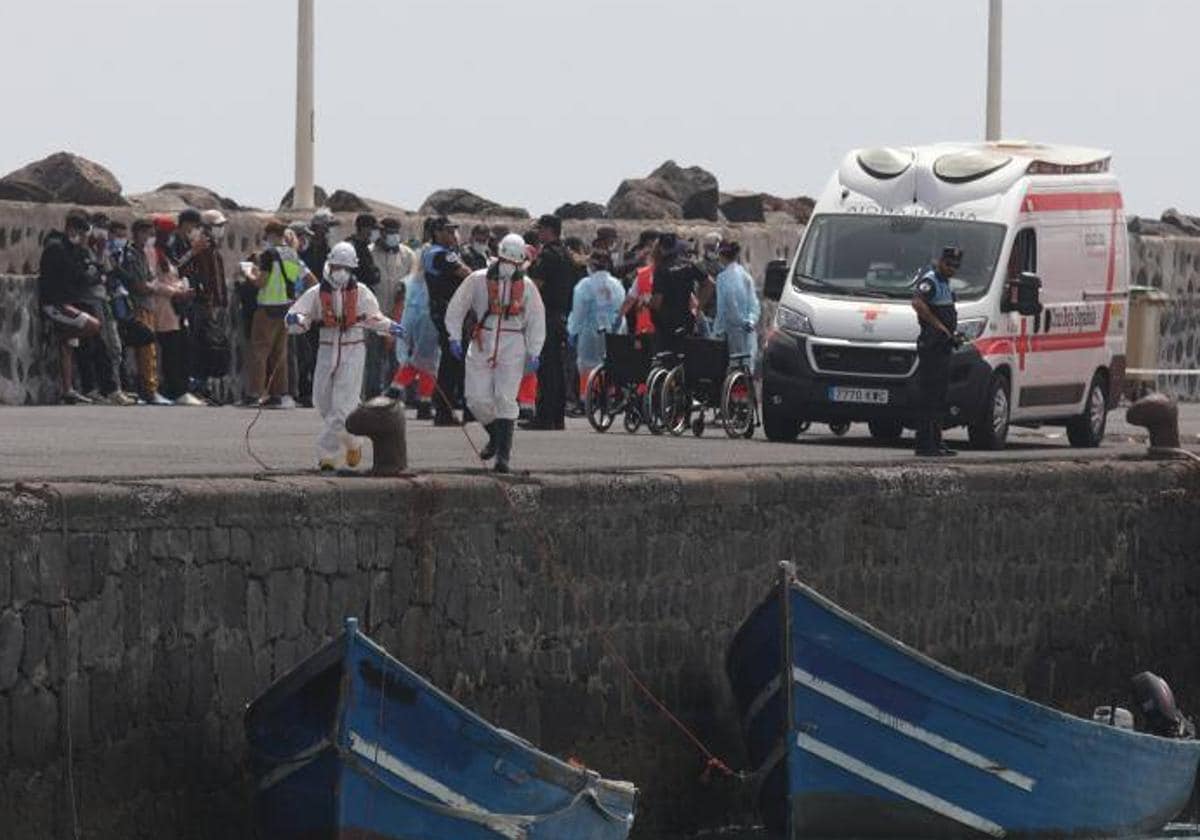The minimum income only reaches 12% of the poor on the islands
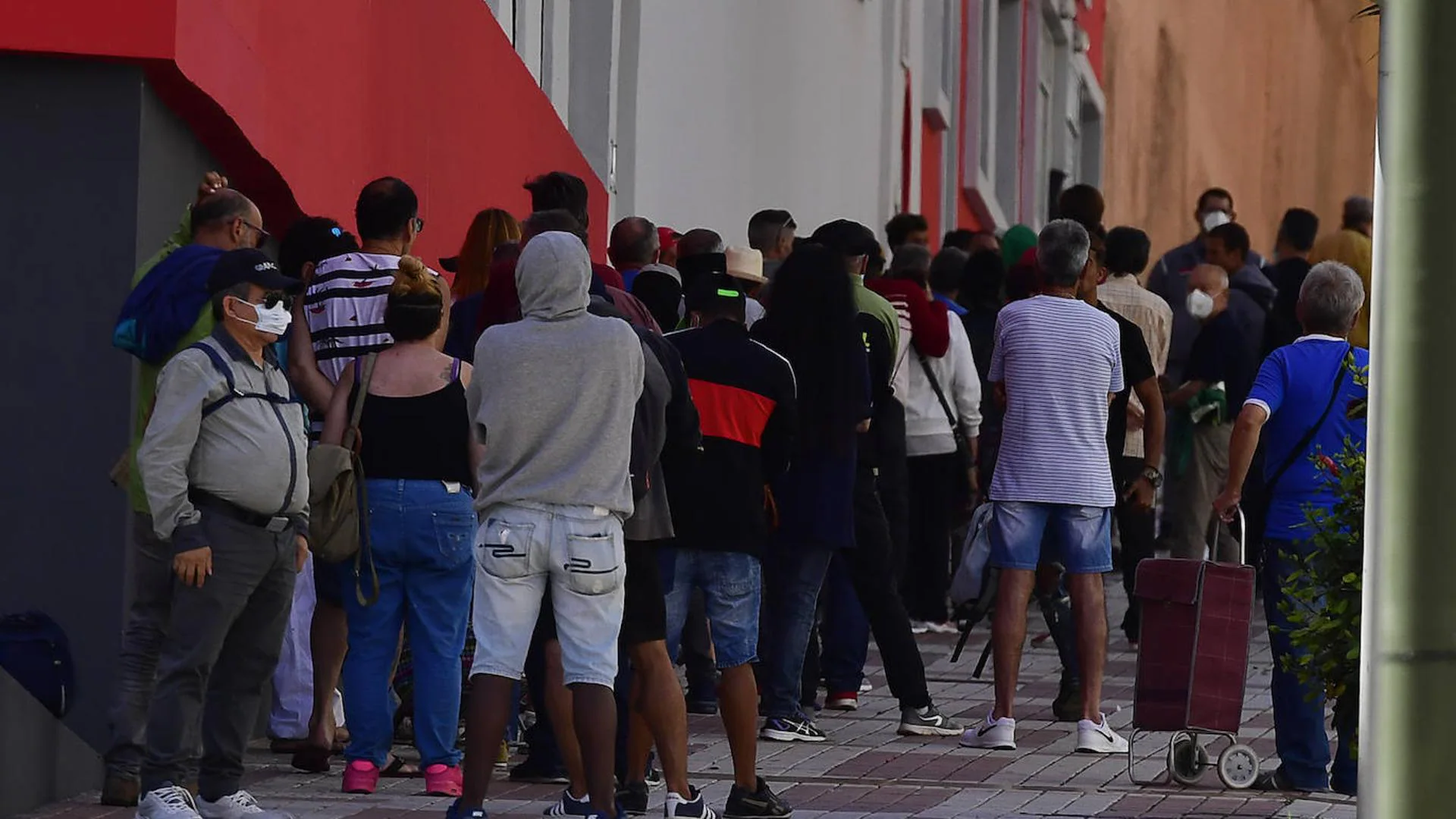
In spainonly the 20.8% of the population below the poverty line has benefited from minimum vital income (IMV)that is to say 1.752.467 personas -of which 755,752 are minors- that make up 611,029 homes.
Despite the fact that in the last year the rate of concessions has increased and favored the incorporation of new recipients, they are not enough for this benefit to achieve the objectives set when it was approved three years ago.
In the case of the Canary Islands is even worse. He minimum income only reaches 12.3% of the poor population of the islands, who receive an average monthly amount 171 euros per person and 491 euros per household, according to data from the State Association of Directors and Managers of Social Services.
This sparse coverage is only seen surpassed, downwards, Balearic Islandssince the percentage of people below the poverty line receiving this benefit is 11.4% and Catalonia is slightly above it with 14.5% of the covered population.
In general, denounces the aforementioned organization, this aid reaches the communities unequally, since Ceuta and Melilla (with 43.2% and 40.3% respectively) are compared to these autonomies with little permeabilization of this aid system. , La Rioja (32.7%) or Aragón (28.3%) that are in the lead.
without running
The most bloody thing is that the Ministry of Social Security, Inclusion and Migrations, directed by José Luis Escriválet without executing 453 million euros from the budget that the IMV had last year, and returned them to the state coffers. This amount would have been able to lift 250,000 people out of poverty, according to his calculations.
Even so, in the last year the rate of concessions has increased and favored the incorporation of new recipients. In any case, they are not enough for this benefit to achieve the objectives set when it was approved three years ago, since the 1.7 million people benefiting from this benefit are only 20.8% of the population below the poverty line. .
In addition, this figure represents 76% of the expected beneficiaries, that is to say that there are still there are almost 550,000 beneficiaries to be incorporated into the minimum income vital to reach the goal of the 2,300,000 people originally planned.
Industry professionals emphasize that only one of four applications is approved and the rest is denied. They understand that one of the causes that can explain this circumstance is "perhaps the management system implementedthrough the web and without the support of any staff who know the requirements and the process, or perhaps the impossibility of getting an appointment in person at the offices of the National Institute of Social Security (INSS) in recent times", which also it causes a "waste of citizens' time in the application and of the INSS in the management".
bureaucratic maze
The Association of directors and managers of social services denounces that the Ministry of Inclusion and Social Security continue without articulating the coordination measures with the network of social services provided by law and that would make this income reach more people living in poverty.
Faced with this situation, they call for an even greater boost to incorporate primary care social services into management because they consider that community social services "are a capillary network that reaches all citizens regardless of the municipality in which you reside.
However, no coordination has been established from the Ministry, something that would have clearly helped the implementation of the IMV "making the economic situation of families improve." In addition, he stresses that "the bureaucratic maze" of this benefit has meant that, "in the greatest social crisis in history, the IMV has been implemented at a much slower rate than anticipated».


